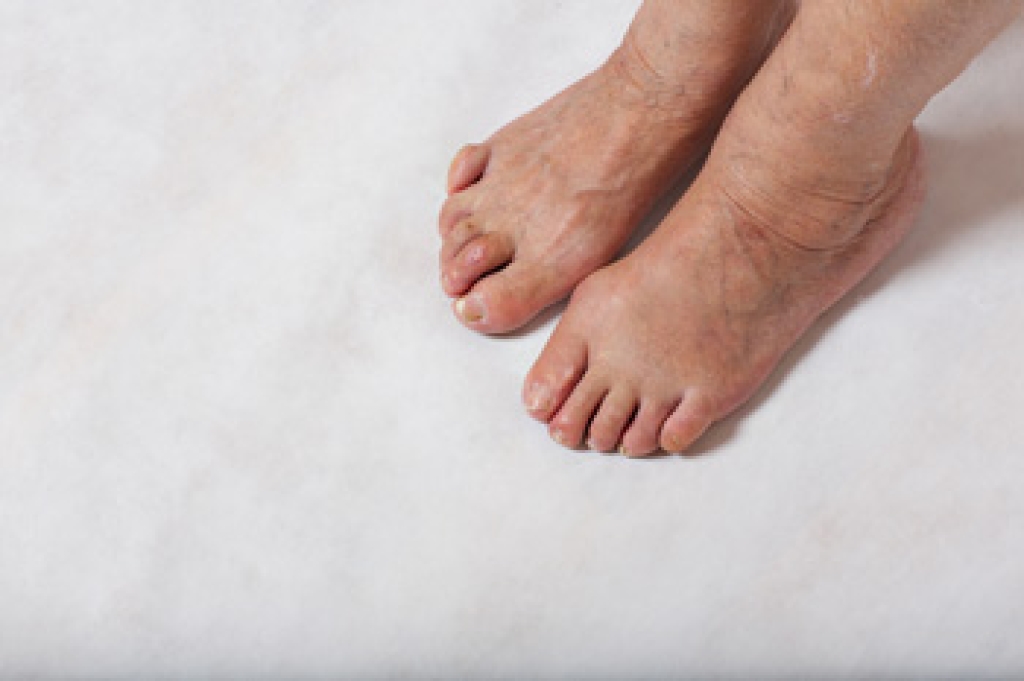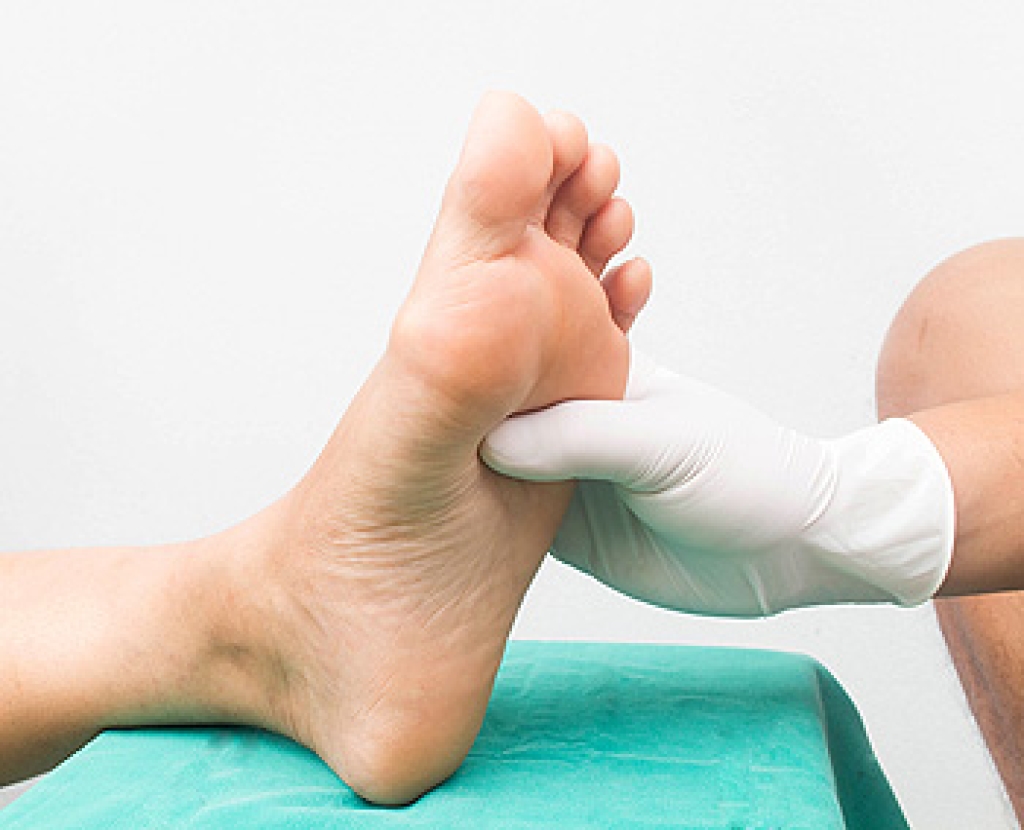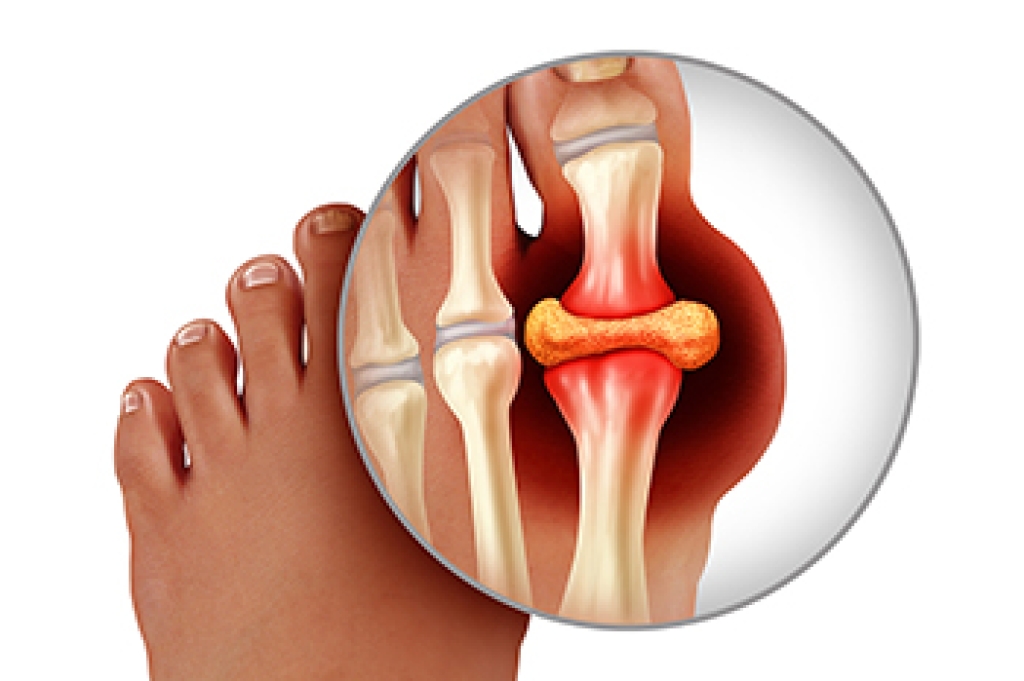
A hammertoe is a deformity that develops at the middle joint of a toe and causes the tip of the toe to turn down, resembling a hammer or claw. This generally happens in the foot's second toe when it is longer than the first toe or when the foot's arch is flat. Hammertoes can be caused by ill-fitting shoes that crowd the toes, genetics or a bunion that can overlap and crowd smaller toes. If the hammertoe remains in a bent position for a prolonged time, the tendons can tighten and shorten and remain this way even if shoes are not worn. A hammertoe can cause pain or discomfort when walking, and the skin can thicken on the toe causing corns or calluses to form. It can also be challenging to find shoes that fit well. If you have a hammertoe and it is causing you pain, it is suggested that you see a podiatrist for an evaluation and treatment.
Toe pain can disrupt your daily activities. If you have any concerns, contact Stephanie Tine, DPM of Flamingo Foot and Ankle. Our doctor can provide the care you need to keep you pain-free and on your feet.
What Causes Toe Pain?
Most severe toe pain is caused due to a sports injury, trauma from dropping something heavy on the toe, or bumping into something rigid. Other problems can develop over time for various reasons.
Toe pain can be caused by one or more ailments. The most common include:
- Trauma
- Sports injury
- Wearing shoes that are too tight
- Arthritis
- Gout
- Corns and calluses
- Hammertoe
- Bunions
- Blisters
- Ingrown toenails
- Sprains
- Fractures (broken bones)
- Dislocations
When to See a Podiatrist
- Severe pain
- Persistent pain that lasts more than a week
- Signs of infection
- Continued swelling
- Pain that prevents walking
Diagnosis
In many cases the cause of toe pain is obvious, but in others, a podiatrist may want to use more advanced methods to determine the problem. These can range from simple visual inspections and sensation tests to X-rays and MRI scans. Prior medical history, family medical history, and any recent physical traumatic events will all be taken into consideration for a proper diagnosis.
Treatment
Treatments for toe pain and injuries vary and may include shoe inserts, padding, taping, medicines, injections, and in some cases, surgery. If you believe that you have broken a toe, please see a podiatrist as soon as possible.
If you have any questions please contact our office located in Fort Lauderdale, FL . We offer the newest diagnostic and treatment technologies for all your foot and ankle needs.



